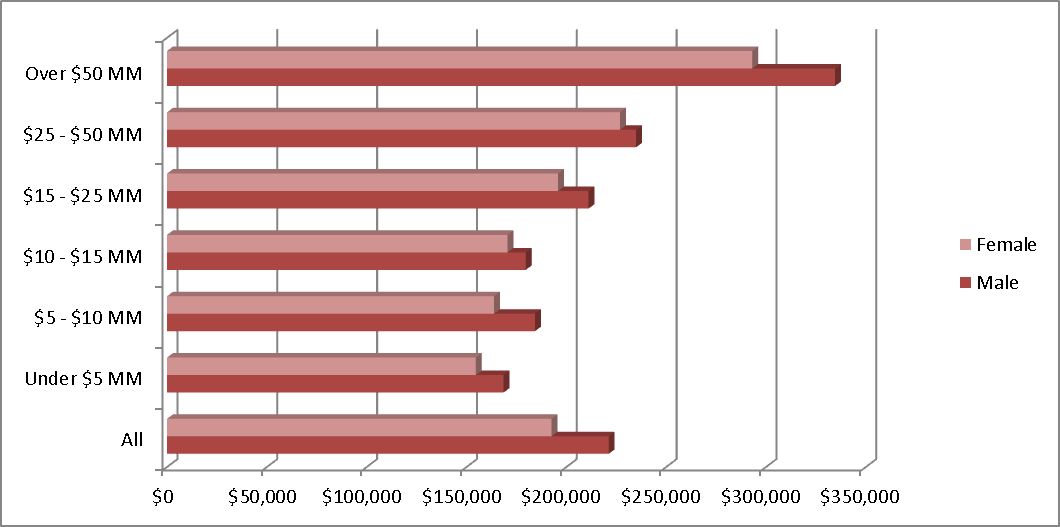Gender and FQHC Executive Compensation
The concern over gender pay differentials in society today is significant. Like many other issues, it has become politicized and polarized, with more people seemingly wanting to shout the other side down rather than actually find out the root causes. Most studies report that American women earn about 78% of men; other studies suggest that choices made by women, and innocent features of the labor market, explain the gender wage differential.
Health centers employ far more women at the executive level than other industries — an almost equal split between men and women. In our direct surveys of CEO compensation in health centers over the last five years, we have found that female top executives appeared to earn as much as, or more, than men. Unfortunately, when research leaves the realm of voluntary survey participation, the findings are less positive:
In Merces’ recently completed study of the IRS Form 990 filings of nearly 1,100 FQHCs and “look-alikes,” we find that male CEOs actually earn nearly 15% more than their female peers, a pattern which is consistent from the smallest to the largest organizations.
While there are certainly other variables at play in individual situations, the study controls for health center size, the most significant predictor of compensation in the industry.
Female participation in top executive roles declines as health center size increases. While women make up more than half of all CEOs (52.2% of the 920 in the sample), less than a third of the largest health centers are led by women (28.6%):

Since compensation is correlated with size, there would be a natural assumption that it is health center size that accounts for the 14.9% gap in pay. However, when controlled for health center size, we observe the following:

The 14% gap observed over all health centers continues among the largest health centers, albeit at a slightly lower level (14.2%).
The pattern continues with other executive positions, particularly in the clinical area. Overall, male Medical Directors earn about 15.7% more than female medical directors, a gap that increases to more than 26% in the largest health centers.
* * * * * *
Merces’ unique study of nearly 1,100 health centers provides in-depth information on financial performance, compensation governance, wages and benefits, retirement plans, non-taxable benefits, the mix of compensation elements, the impact of employment agreements, and techniques used in managing executive compensation, as well as detailed information on actual compensation levels for five critical executive roles. Contact Merces for more information.



